Ancient Discovery of Jesus Bread Brings New Meaning to I Am the Bread of Life
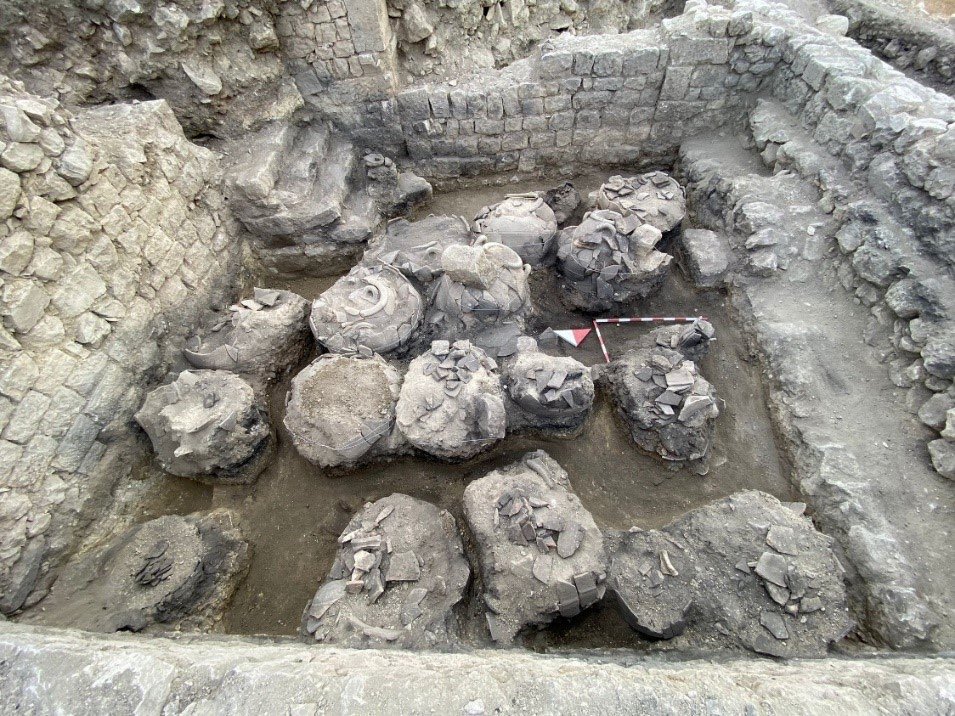
In the quiet hills of modern-day Turkey, a team of archaeologists brushed the dust from a discovery that feels more like a question than an artifact. At the ancient site of Topraktepe, once known as Eirenopolis, they uncovered five loaves of bread, perfectly preserved through carbonization. One loaf bore a faint yet unmistakable portrait of Jesus and a Greek inscription reading, “With gratitude to Blessed Jesus.”
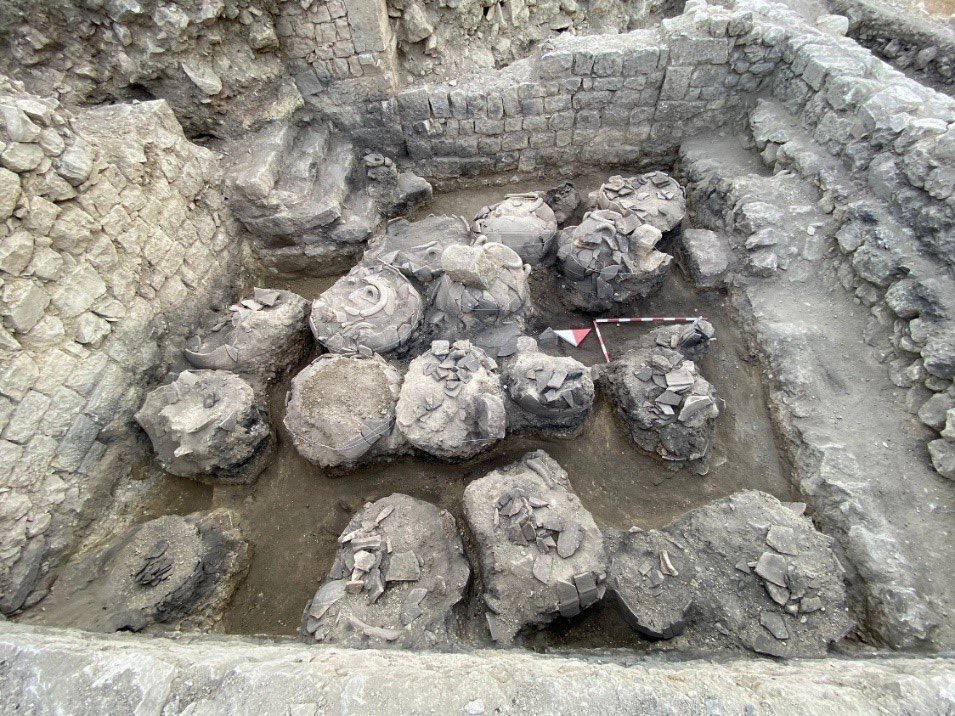
These loaves, dating back to the 7th or 8th century AD, are not just remnants of a meal but of meaning. They raise a quiet wonder: what if faith was never meant to stay confined to scripture, but to be baked into the bread of everyday life? The discovery recalls John 6:35, where Jesus said, “I am the bread of life,” as if those words found a way to exist beyond verse, written instead in grain and fire.
When Fire Became the Storyteller
Sometimes history speaks through fire, not words. In the small Turkish province of Karaman, within the ancient grounds of Topraktepe, archaeologists uncovered something that defied time itself. Under the supervision of the Karaman Museum Directorate and the Turkish Ministry of Culture and Tourism, five loaves of bread were found resting where faith once gathered breath. Photographs released by the provincial governor’s office confirmed the find, identifying the site as the ancient city of Eirenopolis and citing stratigraphic and inscriptional analysis to establish its context.
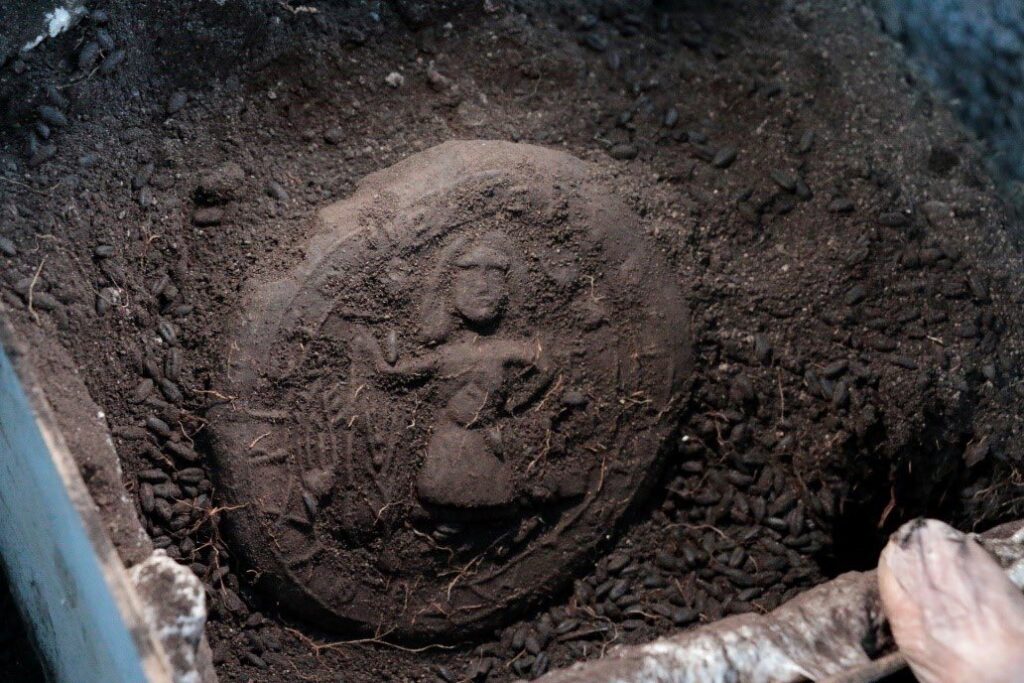
These loaves, preserved by carbonization, tell a story that only heat and patience could write. When fire meets flour under just the right conditions, destruction becomes preservation. The bread hardened but did not crumble, sealing in intricate details—the rims, the stamp marks, the inscriptions. One loaf bears a portrait of Jesus with the words “With gratitude to Blessed Jesus,” while four others carry cross impressions pressed into the dough before baking. Their form and precision align with Byzantine era bread stamps, suggesting these were more than meals; they were offerings, perhaps shared in worship or communion. Regional reports describe them as compact and carefully shaped, their possible barley composition consistent with the agricultural rhythms of ancient Anatolia.
Every layer of evidence, from the stratigraphy to the official documentation, reinforces the authenticity of this find. The excavation followed licensed procedures, each step recorded through verified images and reports. Experts have dated the loaves to roughly 1,300 years ago, drawing comparisons to other examples of Byzantine bread iconography found across Anatolia. To stand before such relics is to realize that even in silence, some objects still speak. They whisper of the people who baked, prayed, and believed, leaving behind not legend, but living memory turned to stone by fire.
The Hands That Hold Heaven
When I first read about the loaves of Topraktepe, I did not just see bread. I saw a bridge. A quiet bridge between the world we can touch and the one we can only feel. Archaeology and faith often live on opposite shores, yet sometimes, a discovery like this invites them to meet halfway. These carbonized loaves do not shout their story; they whisper it. They remind us that belief does not need to be grand or gilded to be real. It can live in clay, in soil, in the flour pressed by human hands thirteen centuries ago. Each loaf is a record of devotion, showing how an invisible idea found form in something as simple as food. They ask us to see faith not as a theory, but as an act.
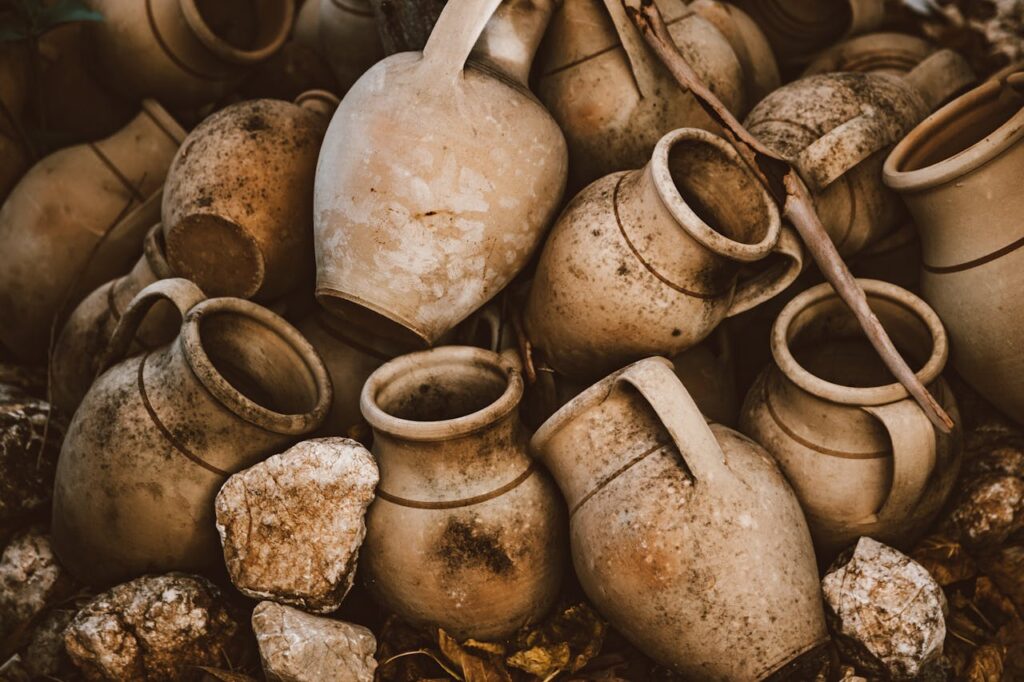
In the Gospel of John, Jesus says, “I am the bread of life; whoever comes to me shall not hunger, and whoever believes in me shall never thirst.” (John 6:35). These words have echoed through generations as a metaphor for spiritual nourishment, but the people of Eirenopolis seemed to take them quite literally. The loaves from Topraktepe suggest that early Christians in this region may have held those words in their very hands, turning faith into something they could see, smell, and taste. In their world, the act of baking bread was not just survival—it was worship. The image of Jesus as a “sower” captures this unity perfectly: a man planting, growing, and harvesting life itself. To eat the bread was to participate in that eternal cycle, a reminder that the sacred can rise from the same soil that feeds us all.
What the Loaves Teach Us About Ourselves
If time could speak, it would sound like silence. Not the empty kind, but the silence that holds truth within it. That is what I imagine when I think about these loaves, fragments of devotion preserved through fire and centuries. They remind me that nothing real ever disappears; it simply transforms. Faith, love, and purpose outlast us when we live them deeply enough to leave a mark that no clock can erase.
The people who baked those loaves did not know that one day their work would rest in museums and articles. They were not trying to be remembered. They were simply present, expressing gratitude, and offering thanks “With gratitude to Blessed Jesus.” That simple act, done with sincerity, became eternal. It shows that legacy is not built by fame or achievement, but by the quiet choices made with intention.
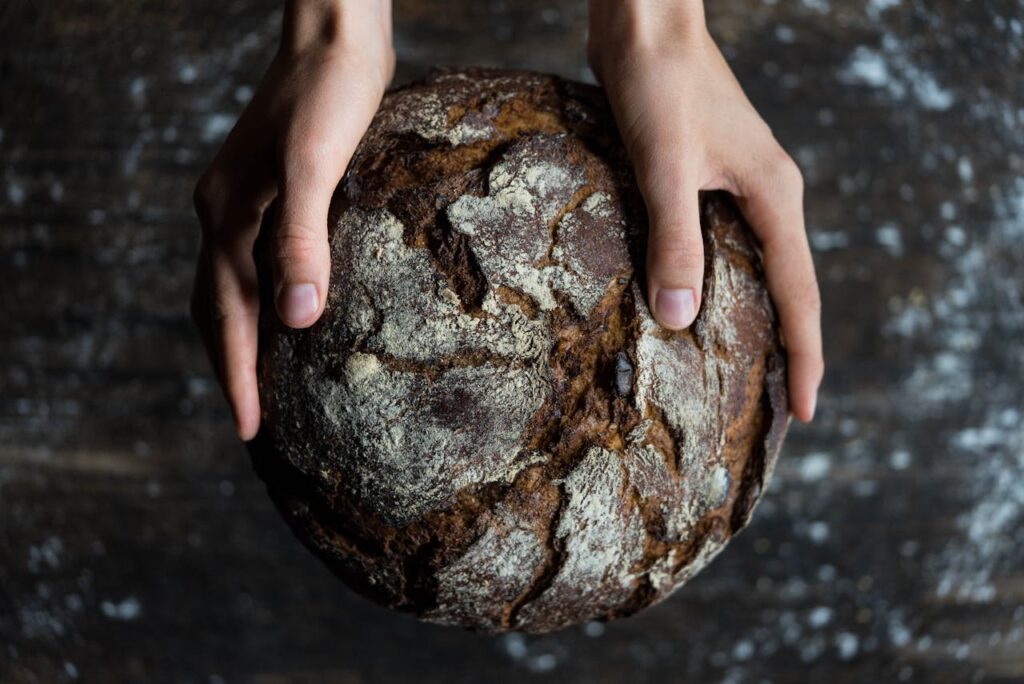
Today we live in a world that often values speed over stillness and noise over meaning. Yet these ancient loaves invite us to remember that purpose often hides in the ordinary. The next time you sit for a meal, share bread with someone, or pause to breathe, think of them. Long before us, hands once did the same, and in their stillness, they reached something sacred that still speaks today.
The Echo That Lives in Us
Every artifact is a mirror. When we look at what ancient hands created, we are really looking at ourselves. The discovery at Topraktepe is not only a story about faith or archaeology; it is a quiet reminder that everything we create, no matter how simple, carries a trace of who we are. Those loaves, hardened by fire yet still inscribed with gratitude, are more than remnants of belief. They are a reflection of what it means to be human, to hope, to give thanks, and to find meaning in the act of creation itself.
We live in a time that often measures worth in moments of visibility. We chase recognition, attention, and validation, forgetting that the most powerful legacies are not always seen by crowds. The people who baked those loaves never imagined that their work would outlast empires or reach a world connected by screens. They were not thinking of history books or headlines. They were thinking of presence. They were thinking of gratitude. They were thinking of something greater than themselves.
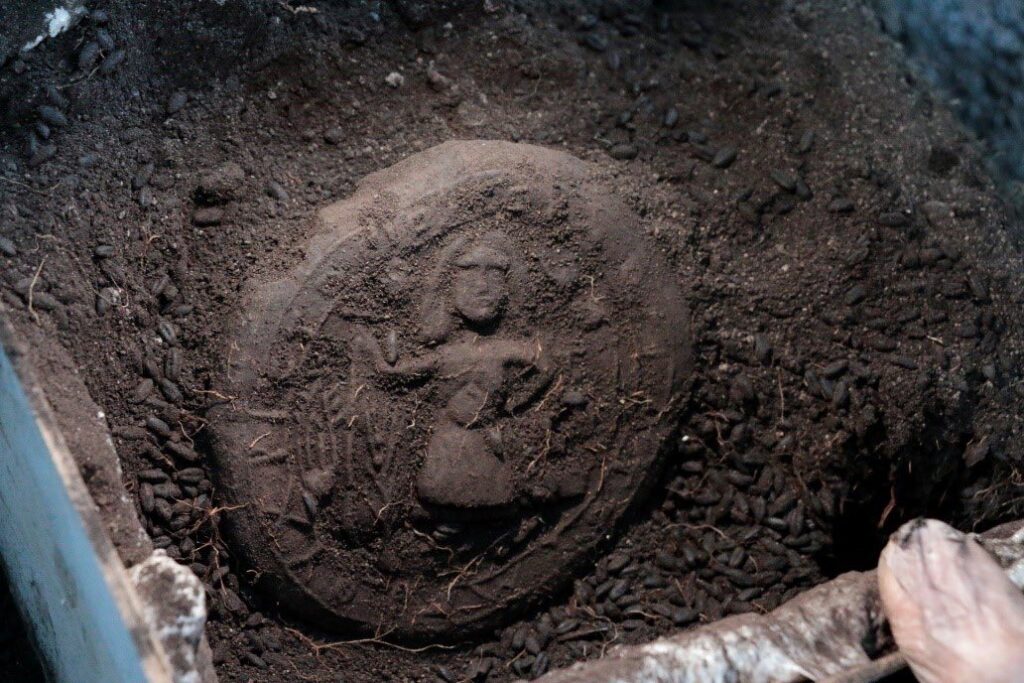
Perhaps that is what the bread teaches us. Sacredness is not limited to temples, texts, or rituals. It is in the hands that create, in the words that heal, in the meals we share, and in the love we give without condition. When we move through the world with intention, our actions become offerings. We shape our own artifacts of kindness, compassion, and courage. These are small and quiet miracles that might one day remind someone that humanity was once capable of beauty.
So as you finish reading, take a breath. Look at your hands. They are the same instruments of creation that once shaped those ancient loaves. The tools have changed, but the calling has not. The echo that lives in us is the same one that lived in them. The question that remains is what you will create that will endure when your own story becomes part of history.

The Fire That Still Burns
What the discovery at Topraktepe reveals is not only a moment in history but a lesson in eternity. The loaves that survived thirteen centuries of silence remind us that what is made with purpose never truly dies. Fire may have blackened their surface, yet it also preserved their meaning. In that paradox lies a truth about life itself. The very challenges that seem to consume us can also transform us, if we face them with faith and gratitude.
The people who baked those loaves did not know that their creation would become a bridge between their world and ours. They were simply living in alignment with what they believed. That quiet alignment is what turns ordinary acts into sacred ones. Whether we believe in scripture, science, or something beyond both, this discovery reminds us that intention is the thread that weaves time together.
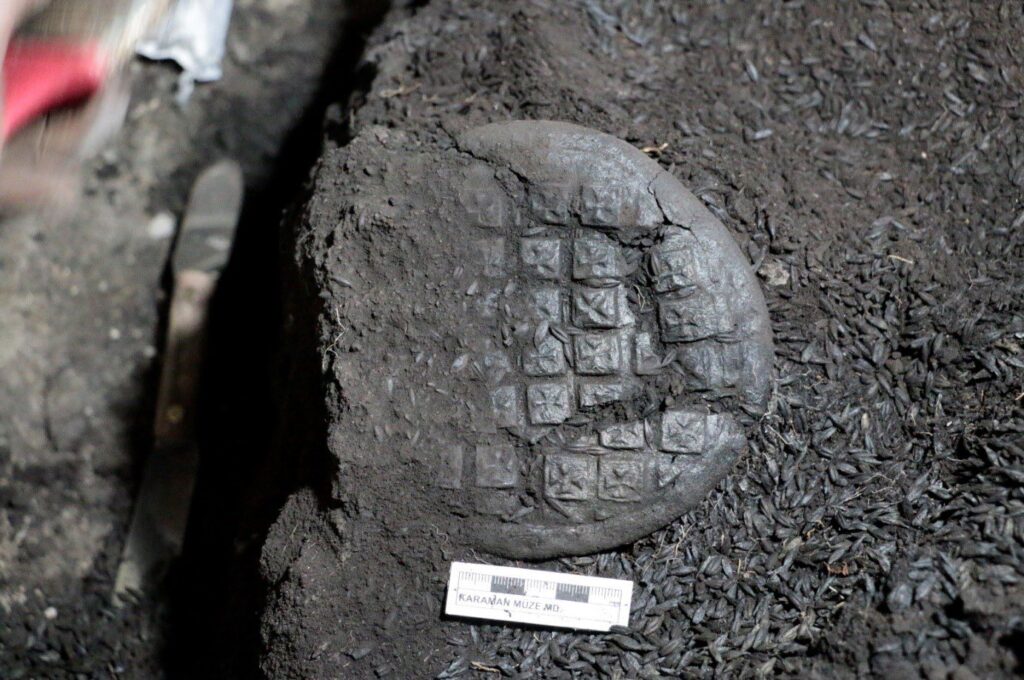
In the end, the story of the loaves is the story of us. We too leave our imprints on the world, not only through what we build but through how we love, how we serve, and how we show gratitude even in moments of uncertainty. The bread of life is not only something to believe in; it is something to become. And perhaps that is the invitation of this finding: to live in such a way that when time looks back, it finds in our actions a trace of light that refuses to fade.
Image from @KaramanValiligi on X (Twitter)
Loading...

